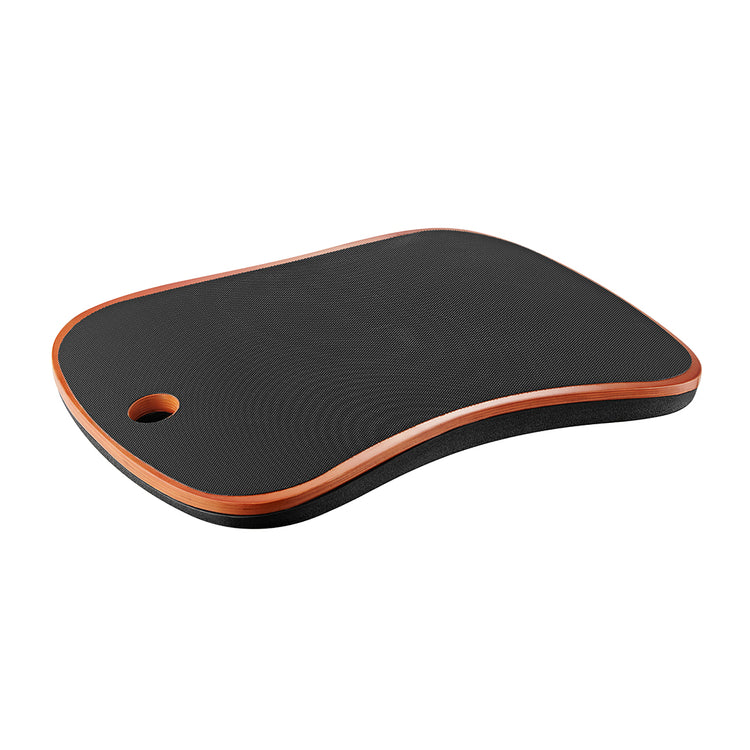Fast & Free Delivery | 30 Day Worry Free Returns
Are you in the right place?
Shop in your home currency
Order in the next for same day dispatch
Save big with bulk discounts! We help teams of all sizes create an active workspace built to succeed.
Get Started













8.5 Degrees Of Movement

Non Slip Materials

396 lbs Weight Capacity

Textured Surfaces
8.5 Degrees Of Movement in either direction is enough to keep your core activated.
Non Slip Materials to help prevent accidents.
396 lbs Weight Capacity to support most users.
Textured Surfaces for grip and to stimulate blood circulation.
Engages your core moving while working increases blood flow, concentration and brain power
Rubber padding protects your floor no matter how hard you're balancing
Reduce strain and any injuries caused by sitting all day.The perfect accompaniment to your sit stand desk
Staying active during your workday has a range of benefits, but perhaps the most relevant benefit of our core balance board will be the uptick you see in your productivity. Using an adjustable wobble board helps keep your blood pumping throughout the day, maintaining energy levels and ensuring you stay as strong at the end of the day as you were at the beginning. A workout balance board is the perfect way to integrate movement into your routine while boosting both focus and energy.


Using one of the top balance boards helps you to double down on the benefits of a less sedentary lifestyle by incorporating low-stress exercise into your workday. Among the key benefits of wobble board use is improved strength in the core and legs, achieved effortlessly while you work. Since the legs and core are crucial to good posture, you might also notice your stature improving as a result!
| Material | PU Mat and Premium Plywood |
|---|---|
| Weight | 396.8lbs |
| Colour | Black and plywood |
| Tilt Range | 8.5° wobble, left and right |
|---|---|
| Dimensions | 20" (W) x 13.9 (L) x 2.2 (H) |
| Anti-Scratch and Slip | Yes, protective layer |

Beginners would likely find wobble boards easier to handle, while those with existing lower body issues may need to approach balance boards with caution. Wobble boards can serve a dual purpose in your fitness regime and physiotherapy, even offering a boost in your weight loss journey. Both tools aim to improve your balance, coordination, and core strength.
To determine just how many calories a balance board could burn, we need a comparison. In engaging a balance board, standing increases from the sedentary 80 calories per hour burn rate of sitting, according to a study published in the Journal of Physical Activity and Health, to around 88 calories per hour—a slight but not insignificant increase.
Most crucial to note is that this heightened calorie burn occurs during work activities previously considered inactive.